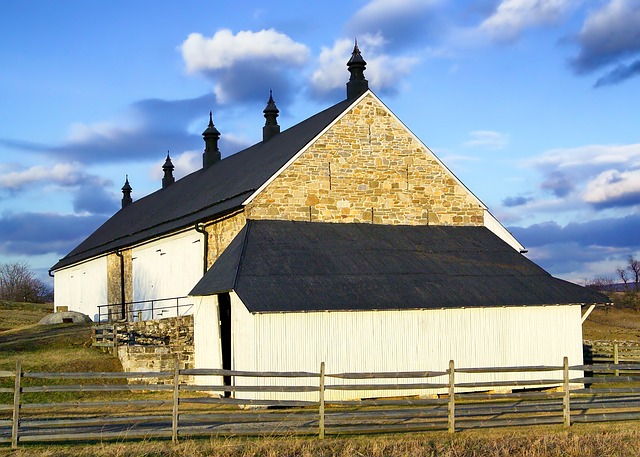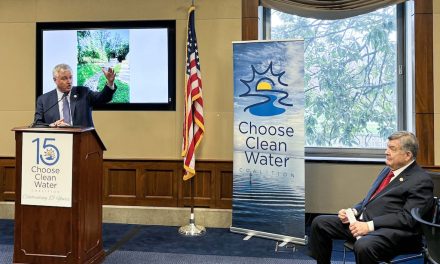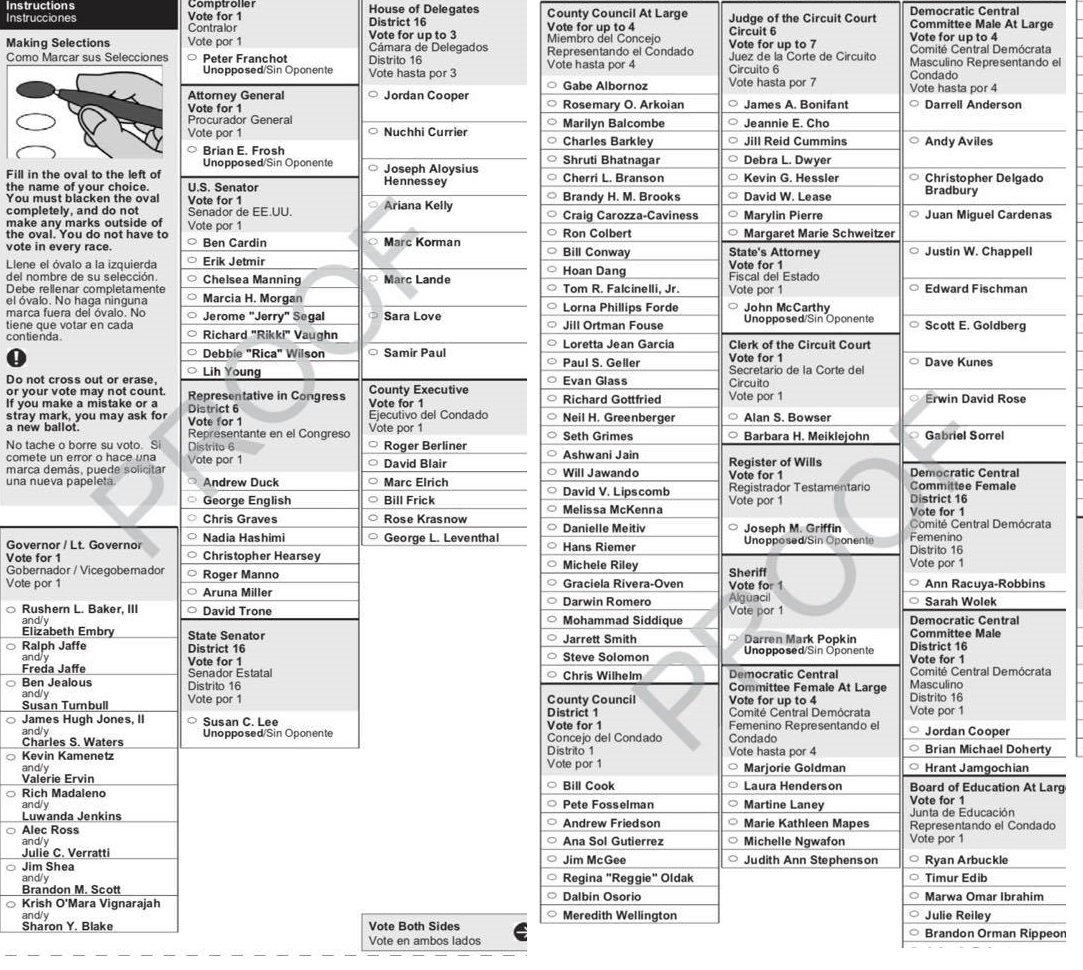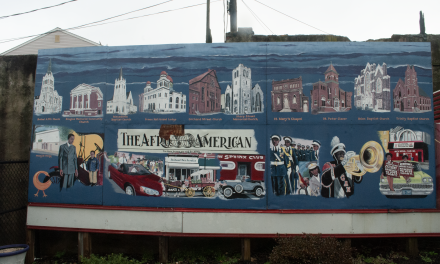BY KIERSTEN HACKE
ANNAPOLIS, Md. – Welcoming about 40,000 visitors to over 1,200 acres during the whirlwind fall season, there is no shortage of preparation for Baugher’s Orchard and Farm Market to build fun and protect the farmland from damage at the same time.
“There is a lot of maintenance involved with inviting the public on your property, but it is a good business for us, and we feel that in general, society gets to see the work involved with farming and how our food gets produced, which is beneficial for everyone,” Dottie Dunn, an administrator for the Westminster company, wrote in an email to Capital News Service.
The fall agritourism season is quick, but it is the most profitable, Dunn said. Winter and spring consist of prepping for that season – planting and pruning trees to fixing crates, fences and other equipment.
Maryland is home to over 1 million acres of farmland that is uniquely “sliced by major highways and metropolitan areas,” said Maryland Secretary of Agriculture Kevin Atticks. Farms that are close to densely populated cities such as Baltimore, Annapolis, or Washington, D.C., can draw people in, boosting economic opportunities for farmers.
“Our goal and our interest here in Maryland is to make it so that to be a farmer means that you can have a great career and be profitable to put kids through school, retire,” Atticks said. “And agritourism plays a huge role in that because Maryland, unlike some other states that are not as densely populated, we have a ready market of consumers who are interested not just in products, but they’re interested in experiences.”
Buying produce directly from local farms generates more revenue for farmers while also cutting costs if visitors are paying to pick their produce. Also lucrative is “value-added” agriculture – turning raw farm products into finished foods. According to a 2020 Grow & Fortify report, value-added agriculture employs about 74,000 people and generates $20.6 billion with $875 million going to the state’s fiscal resources. Grow & Fortify is a group that helps support and grow value-added agriculture businesses and organizations in Maryland.
“People have a piqued interest to get onto farms, and so when farms allow or have the ability for people to experience that, and they’re able to charge for it, it creates another revenue source for farmers which is important for sometimes a next generation being able to be added to the farm,” said Parker Welch, executive director of the Maryland Farm Bureau.
Farmers need to make intentional decisions about their location, what they will grow and sell, what permits are needed and other factors before opening their farm to the public, Atticks said. Because each parcel is different, there may be varying regulations and permitting processes depending on the county it is located in or if it is preserved farmland.
Planning for parking lots, portable toilets, farmstand or farm market infrastructure, restaurants or septic systems can pose challenges. So do concerns about stormwater management and water capture from parking lots, according to Atticks. But selling directly to consumers will spike revenues, Atticks said, and ultimately farmers are “building an experience rather than just selling a product.”
For Maryland Corn Maze owner Carol Paul, the permitting process and yearly inspections for the fall festival activities have become routine. She has run the Gambrills corn maze since 2014, taking over from family farmer Marian Fry, who initially established the maze to raise startup money to buy crops.
The process for growing and maintaining the corn maze begins in March with the decision of the year’s theme. Then the map is drawn out, the corn is planted, the pathways are cut when the corn is 2 inches tall and the shape is kept through mowing. This year Paul is dealing with Johnsongrass, which must be controlled under a Maryland law prohibiting harmful weeds.
“You always want to make sure that it’s still being kept as farmland, that you’re not ruining it for crop planting later,” Paul said.
The land for the corn maze isn’t used for other farming, so after the season, Paul said another crop must be planted to “trick the land.” Otherwise, the corn won’t grow well.
Baugher’s Orchard rotates where crops are planted each year as part of its land maintenance. Other measures include changing the walkways and planting orchard grass to prevent erosion. Despite the many trash cans on the farm, Dunn said trash still ends up on the ground and it must be cleaned up after every weekend.
Baugher’s tries to reduce its produce waste by selling extra apples and pumpkins at the market and working to create more merchandise such as apple pies, apple butter, apple sauce and apple cider with damaged produce. Dunn said educating visitors on the proper method of picking the produce can also help to reduce food waste.
“Without customers, there is no reason for all the work, it needs to be a good balance of workability,” Dunn said.
But all the work needed for a few months of fun is worth it when families can come together, reconnecting with each other and the local farms growing their food.
“It was like these people are coming here and time is kind of standing still,” Paul said, “Like these families are spending time together out on the farm … And it’s the coolest thing to watch.”







Recent Comments